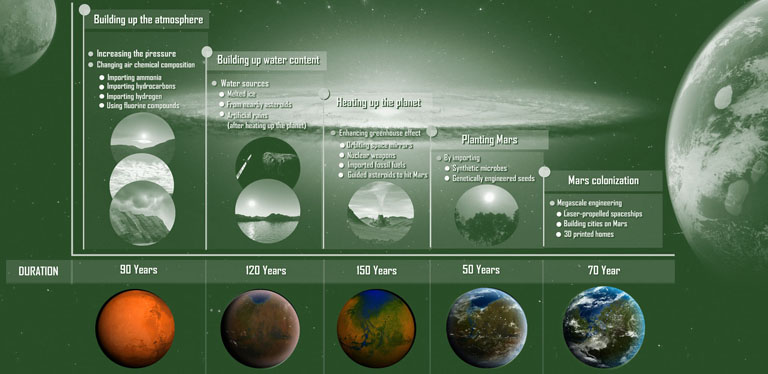
Cityforming Protocol: incremental and adaptive strategies
[excerpt from M. Carta, B. Lino, D. Ronsivalle (a cura di), Re-cyclical Urbanism. Visions, Paradigms and Projects for the Circular Metamorphosis, Trento-Barcelona, Listlab, 2017] - Buy the book
The pathologies of top-down urban regeneration — autism, schizophrenia, sterility, and addiction — cannot be solved by simply revising the participatory procedures, improving planning devices or innovating implementation processes. Instead, the viewpoint must be turned on its head. A concrete and effective process for the regeneration of urban areas characterized by marginalization and decline, by the disposal of buildings and infrastructure, by functional underuse or by cycles undergoing weak reactivation (mobility, water, waste) must adopt an approach that doesn't just reject the traditional and now ineffectual top-down, but which neither surrenders superficially to the comforting rhetoric of bottom-up. We need a hyper-strategic, incremental, recursive and flexible approach, rather than a closed and simultaneous strategy. The traditional rigid and instantaneous masterplan, unchangeable during its implementation – ineffective in areas that do not benefit from enormous amounts of public or private resources — must be replaced by a consciously temporalized and adaptive Masterprogram, capable of composing an overall vision through the implementation of partial visions, capable of timely and temporary actions but which have the force to generate new futures.
The sustainability of the urban metamorphosis, particularly in a time of development model crisis, of the transition of settlement models, and of the reduction of public resources, must be implemented through a regenerative process that moves forward in subsequent cycles, guided by a general vision, and capable of adapting to the real effects of the implementation process. Hyper-strategic urban regeneration must itself create the conditions of success to fuel the subsequent phases. It must produce a part of value on which to trigger the subsequent investment. It must generate the oxygen that brings to life the new housing, productive, commercial and cultural functions that can regenerate the area. A sort of “terraforming” (a term coined by Jack Williamson in the novel Collision Orbit of 1942, which then became one of NASA's protocols for the colonization of other planets): a process designed to make the abandoned or deteriorated area once again liveable for a new community, working on the territorial components that are still active – creating new ones or changing their composition – so that it is able to support a new ecosystem.
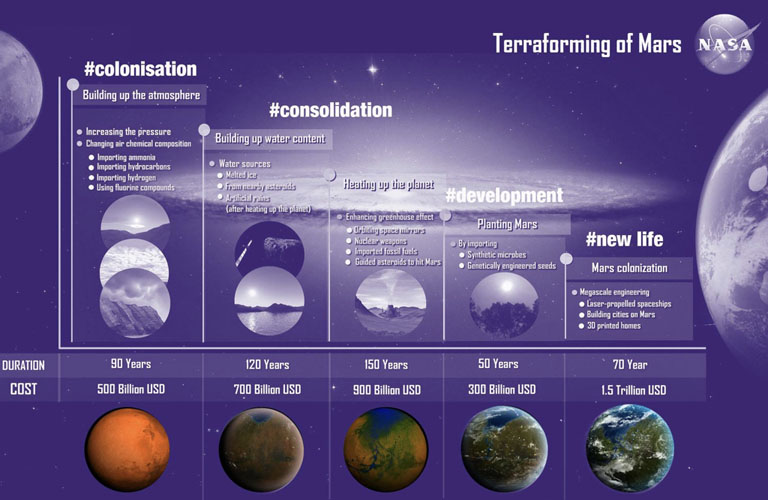
I define this process Cityforming©, a planning protocol that is able to reactivate the metabolism of an area in subsequent stages, starting from its latent regenerative components, activating multiple cycles with increasing intensity to create a new urban ecosystem that is sustainable over time. Strategic Cityforming works in incremental and adaptive phases required to produce partial results that become the generative basis of the subsequent phases. Cityforming, by progressing through the phases of “colonisation”, “consolidation” and “development”, produces the necessary “urban oxygen” for the formation of an ecosystem that is adequate enough to generate a new urban metabolism to reactivate inactive cycles, reconnect disrupted ones, or activate new ones that are more suited to the new identity of the places. The following figure shows the sequence of the three phases and their characteristics.
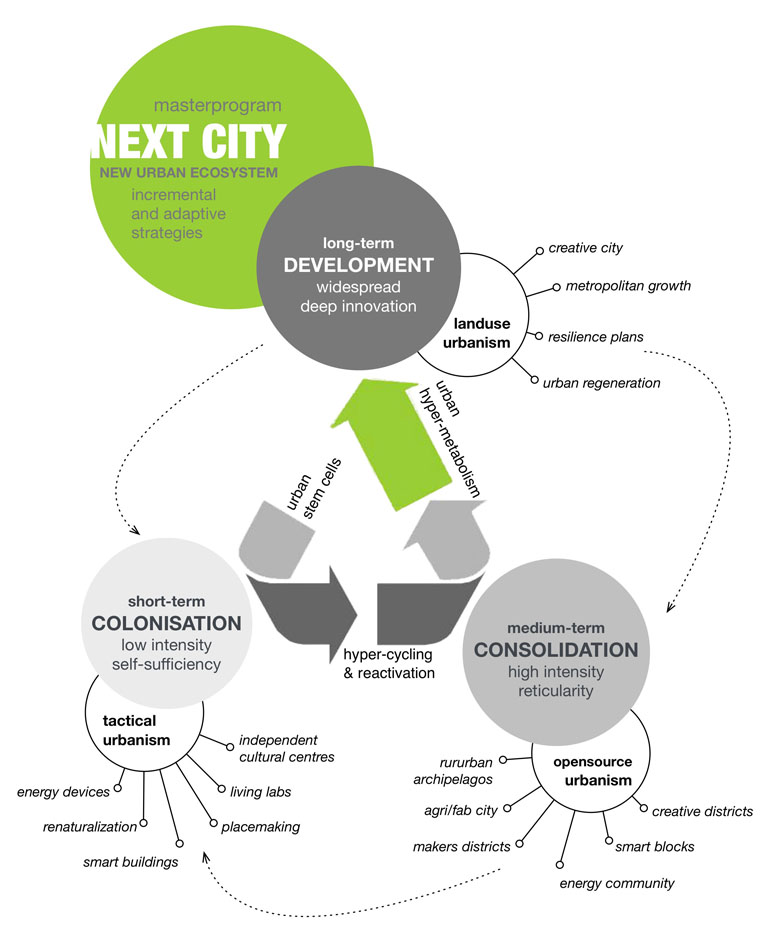
1) The colonisation phase contains several initial functions that act as oxygen reserves for the formation of the new atmosphere. We can define these as new functions or reclamation of buildings or spaces as “stem cells” because, although grafted through planning action, their characteristics and functions are not dissimilar to the pre-existing tissue. These urban stem cells serve as activators of new urban aspects — in the various forms by which the city expresses itself today — and can be ecological areas of re-naturalization, plug-in energy devices, low cost and smart blocks, living labs and productive micro-districts for digital manufacturing, redevelopment of public spaces, etc. Colonisation can also take place through the removal of some infrastructural or environmental detractors that reduce the vitality of the area in order to facilitate the reconnection of ecological networks for the reconstitution of environmental connections. Regeneration colonies are characterized by a high level of self-sufficiency due to their ability to be energetically autonomous by using renewable sources, by their ability to produce sufficient profitability to sustain maintenance costs, and by their ability to activate forms of widespread partnership for their management. Colonies must also be strongly recognizable in relation to the territorial context, since, although involving low-intensity transformation, they serve as transformation landmarks. They act as witnesses to the new reputation of the area and agents of urban marketing. The predominant urban planning paradigm that is used in this phase is that of Tactical Urbanism with a three-year time frame, within which the subsequent phase must be activated. In the USA, initiatives to test incremental and adaptive forms of urban regeneration are spreading, including, for instance, Better Block Urban Design, founded in Dallas Oak Cliff by Jason Roberts and Andrew Howards and trialled in Memphis, St. Louis, New York and Boston as an exemplary tool to produce new temporary visions of a space to show its transformative potential in creating a neighborhood that is safe to pass through, lively and creative. The urban planning tactics or the varied forms of Pop-up Cities and DIY regeneration, however, are almost always self-consistent, satisfied by redeveloping the space of their action, without avoiding the risk of the sterility of the structural effects and the risk of their premature breakdown. Cityforming colonisation, on the other hand, believes in a subsequent territorial entrenchment and creates the conditions to trigger a chain reaction consolidating its effects.
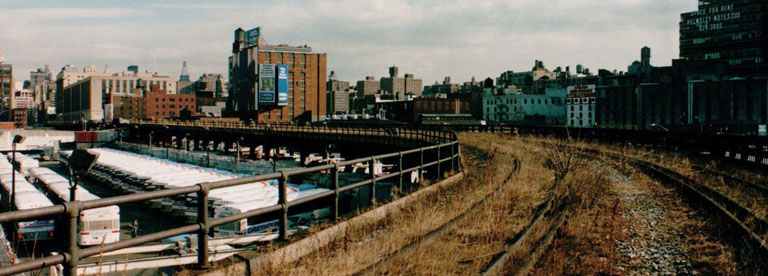
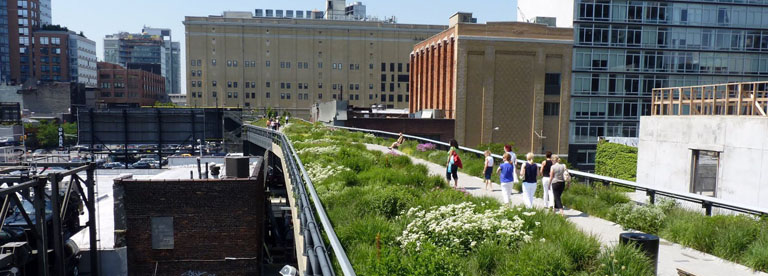
2) Consolidation acts on the new ecosystem being formed by grafting some of the more valuable and powerful functions from a profit and value generation viewpoint, supported economically by the increase in value and attractiveness of the area. Ecological and intelligent neighborhoods, makers districts and energy communities, green manufacturing and attractors for the new metropolitan archipelagos or infrastructural gateways operate through a process of hyper-cycling that activates various cycles in order to achieve a sufficient endowment of attractive and productive functions. Consolidation also works by reactivating latent resources already present in the area, which have been stimulated and positively perturbed by the colonisation phase. The consolidation phase acts more via networks than nodes and loses a bit of its self-sufficiency and autonomy, often starting to use the tangible — but more often intangible — urban resources of the place to take root and spread, also initiating a process of camouflage with the context, which reinforces its presence. It is often the pre-existing inhabitants who help the new users attracted by the colony in the process of integration. In this phase, several tactics or several “third landscape” actions of the previous phase are involved in a process of Open-source Urbanism that changes them, hybridizes them with local intelligence, and integrates them with the actions of urban acupuncture, in order to transform their strategies to deepen their effects of reactivating the urban cycles. In this phase, with a timeframe of five years, the initial attractiveness of the flows of users is replaced by the stability of new inhabitants who contribute to the growth in demand for services and to enhanced care of the places, also through forms of agreement and based on cooperation.
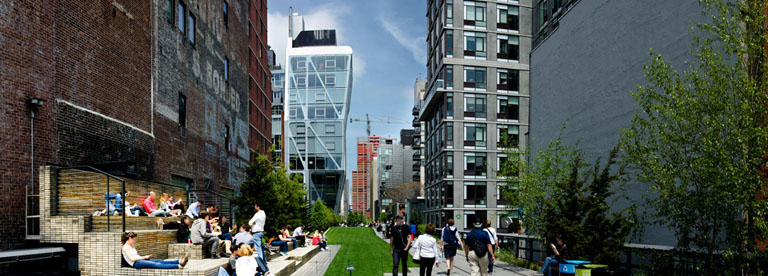
3) Finally, development is the long-term phase with a timeframe of at least ten years, in which the new metabolism of the area is put into operation to create new urban value. In this phase, following the metamorphosis produced by the first two, a Masterplan of the whole area is drawn up based on the new identity of the place, made more fertile by the success of the previous phases, being able to tap into a stronger investment multiplier, capable of supporting the sizeable investments required for the complete transformation of the area. In this phase, a Masterplan makes sense as it acts in a time of more advanced change and in a phase in which the robustness of the development vision can be better confirmed. It isn't, therefore, a masterplan that assumes the conditions of its implementation in advance or which intercepts economic and entrepreneurial resources already given, but a Land-use Urbanism that acts on the new urban ecosystem and is specified starting from the changed conditions of the recolonised and consolidated area. In this phase, the deep innovation required is generated and is capable of enabling the creation of eco-cities, low&high cost creative districts, new metropolitan municipalities, urban development projects, extensive regional parks connecting urban and rural areas, and new integrated platforms of development within the new scenarios enabled by the completion of the Cityforming process. The Cityforming approach, therefore, is not limited to implementing a predefined vision for extracts of time, a vision that is the result of a preliminary planning process presuming enormous economic resources for its complete implementation or requiring the activation of high land or real estate revenue in order to carry out all its works. Rather, Cityforming generates a program of actions that are put together and defined as a function of partial results, based on the consolidation of new urban roles of the area and on the values and expectations generated by new inhabitants, new services and forms of collaboration, taxation opportunities and new urban economies generated in the first two phases, which are capable of triggering the third. Cityforming works constantly within the dimensions of the project and process and activates actions within a predicted scenario whose effects make up their specification and definition, consolidating the trend scenario or contributing to forming a new programmatic scenario.
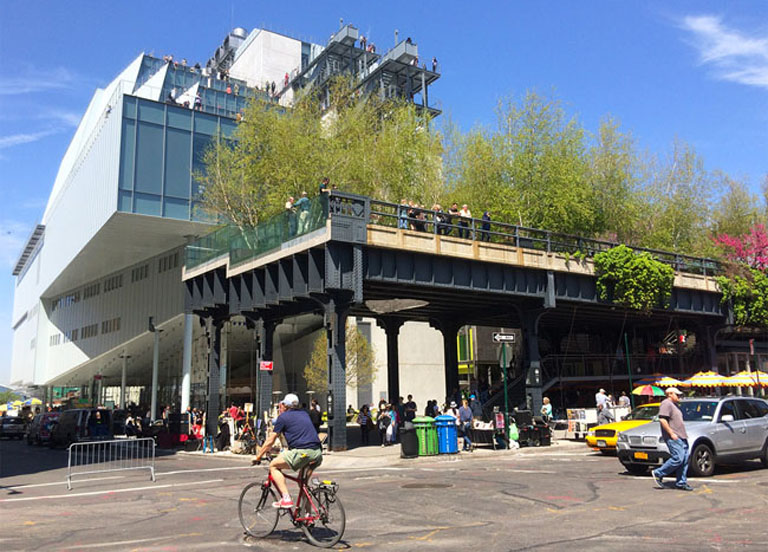
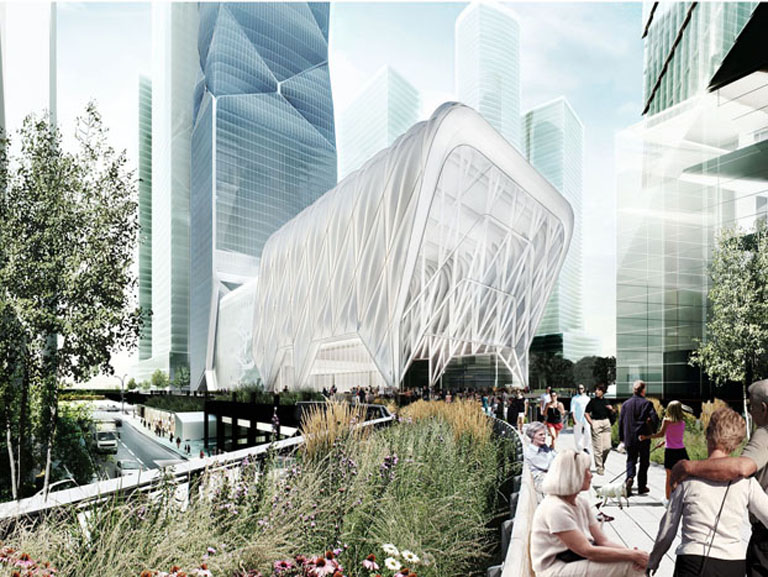
An exemplary case of Cityforming is the High Line in New York. In the colonisation phase, it was the inhabitants of the neighborhood who reactivated the old railway line, now inherent in their landscape identity, by means of a recycling project that turned it into a public space of connection. Subsequently, consolidation occurred through the intervention of real estate promoters who acted to extend the effects of the renewed attractiveness of the area and to entrench the results, activating the redevelopment of other buildings and places to restore residence, professional activities, and trade, and to introduce the services to tourism. Finally, the development phase has recently begun with the creation of the new Whitney Museum, designed by Renzo Piano, which ratifies the transformation of the Meatpacking District into a neighborhood of creativity and innovation. Not by chance, Samsung has opened a representative office here, Google its New York office, and Apple one of its stores, but urban horticulture also proliferates and the Center for Social Innovation is increasingly filled with new activities. The completion of the development phase is represented by the masterplan for the construction of the Hudson Yard Development, the largest private urban regeneration operation in New York after the Rockefeller Center: 158 hectares of commercial, office and residential spaces (half of which are public spaces), and cultural centres, including the extraordinary Culture Shed designed by Diller Scofidio + Renfro.
The High Line, with its colonising effect, has completely redesigned the socio-cultural map of New York firstly, then redefining the map of talents, creativity, and innovation, as well as the real estate map that generates the profits for its management and maintenance. The incremental and generative action of the Cityforming prevented a saturation of the market and spaces, which would not have left any opportunities for the inhabitants, but would have expelled them instead, as occurred in SoHo in the 1970s and Chelsea in the 1980s.
Instead, it was the colonising action of the inhabitants of the neighborhood, joined together in the association Friends of the High Line, which prevented the planned real estate speculation, replacing it with care for the spaces, re-naturalization of infrastructure, and safe places: actions which reinforced the social fabric and the human capital of the area, upon which the interventions of greater added value were consolidated.
The Cityforming process, therefore, is not limited to incrementally planning actions for the transformation and reactivation of disrupted cycles and latent resources but acts as an antidote to the gentrification connected to urban regeneration. In fact, precisely because of its low transformational intensity and stem-cell function as a generator of new spatial and social tissues, colonisation does not induce an instant transformation that would uproot the local identity in favor of external attractiveness. Instead, colonising actions act as catalysts of identity resources, working on the palimpsest of the area rather than on its standardizing overwritten text. Furthermore, consolidation acts just like osmotic action between the local population and traditional customs of the area and the new inhabitants, who contribute to social diversity without replacing or expelling others. Finally, the development phase cannot have the disruptive and disidentifying force that it would have had at the beginning in the phase of full decline of the area as it is introduced in a new urban configuration and with a more active role of local players.
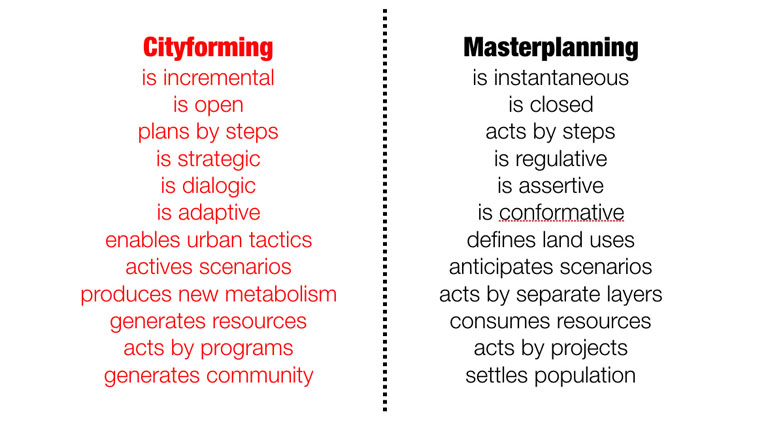
The Cityforming© Protocol has been applied to Palermo in an experimental phase during the international planning workshop for the regeneration of the South Coast. It demonstrates awareness that the redevelopment, reconnection and development strategies of the area cannot be activated by a traditional urban project without risking its economic unsustainability or, worse, a gentrification effect in a delicate and valuable area of the city, which is rich in social capital, areas to be recycled, agricultural landscape, and identity-forming aspects. Starting from the areas with the greatest regenerative capacity, some low-intensity actions have been identified that could serve as colonies to reactivate the latent or disrupted cycles and, subsequently, actions capable of triggering their consolidation by tapping into local vital energy.
The programmatic development scenario is proposed as a hyper-cyclical planning timeframe, which will be defined in a collaborative process with the players that have shown the greatest strength and in places that have expressed the greatest propensity for transformation. Belonging to the colonisation phase, for example, are coastal re-naturalization actions, urban acupuncture operations, and the activation of social innovation sites. Consolidation will occur by working on the residential space and on public space, on the provision of neighborhood services and on the proposition of new lifestyles and mobility. The development phase will comprise the actions of greatest metropolitan relevance, with the localization of big attractors (the energy district, the aquarium, and the sports center), around which new residential neighborhoods will develop, together with the commercial and production activities supported by the new urban values produced in the previous phases. More recently the Cityforming was applied to the regeneration of the historic centre of Taranto, in occasion of the Open Taranto Competition [vedi qui].
Cityforming, therefore, is not limited to a planning strategy or to the innovation of urban policies but acts as a powerful creative disruptor of territorial systems undergoing metabolic arrest, reduced energy, and developmental crisis.
It does not input external energy, which could not keep a compromised metabolism active for long, but takes care of the vital factors already present, recomposes latent ecological resources, and reactivates the resilient social networks to generate the indispensable basis of territorial and social capital on which the fertile seed of the self-sustainable urban regeneration project can take root.